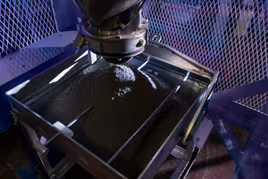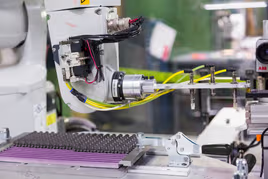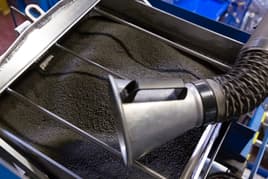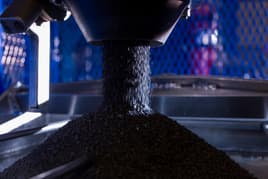
Engineering
Our expert metal injection molding engineers will partner with you early in your project through completion, using advanced technologies and manufacturing techniques to optimize your project.
DFM Methodology
Elevating Your Design for Metal Injection Molding
Sintering Supports
Sintering Supports
Sintering supports are essential during the debinding and high-temperature sintering processes, as they prevent distortion of molded parts—also known as green parts.
Draft
Draft
Draft refers to the slight taper incorporated into the design of molded parts. MIM components are often designed with minimal or no draft.
Fillets & Radii
Fillets & Radii
Fillets and radii enhance the manufacturing process by allowing for smoother transitions at corners and edges to improve part strength.
Ribs & Webs
Ribs & Webs
Ribs and webs are structural features used to enhance part strength while minimizing dimensional variations due to shrinkage during debinding and sintering.
Gating
Gating
Gating refers to the design and placement of the entry points where material flows into the mold during metal injection molding, and its location is crucial for balancing manufacturability, part function, and aesthetics.
Sink & Knitlines
Sink & Knitlines
Sink and knitlines ensure even material distribution and minimizes aesthetic defects, leading to enhanced part quality and performance while also addressing potential weak points.
Minimum & Maximum Wall Thickness
Minimum & Maximum Wall Thickness
An optimal wall thickness of 0.040” to 0.120” balances material efficiency and production costs while ensuring adequate part strength.
Flash & Witness Lines
Flash & Witness Lines
Flash and witness lines arise from the interface between two mold components and can impact both the aesthetics and functionality of a part.
Interchangeable Mold Inserts
Interchangeable Mold Inserts
Interchangeable mold inserts minimize tooling fabrication costs and allow for flexibility in design for low to medium volume applications due to potential witness marks from metal-to-metal seal-off areas.
Dimensional Tolerances
Dimensional Tolerances
Dimensional tolerances refer to the acceptable variations in part dimensions, typically achievable to ±0.3% of nominal size, though the exact tolerances can vary based on factors like design, material, and inspection techniques.
Explore Our Design Guide
Get your free MIM Design Guide to explore the creative possibilities of metal injection molding and find out how to address the constraints of traditional metalworking in your part designs.
BEYOND THE BASICS
Elevate Your Knowledge About OptiMIM Engineering
Global Reach, Custom Solutions
Use our location finder to see which of our global facilities offers the processes and materials you need.




